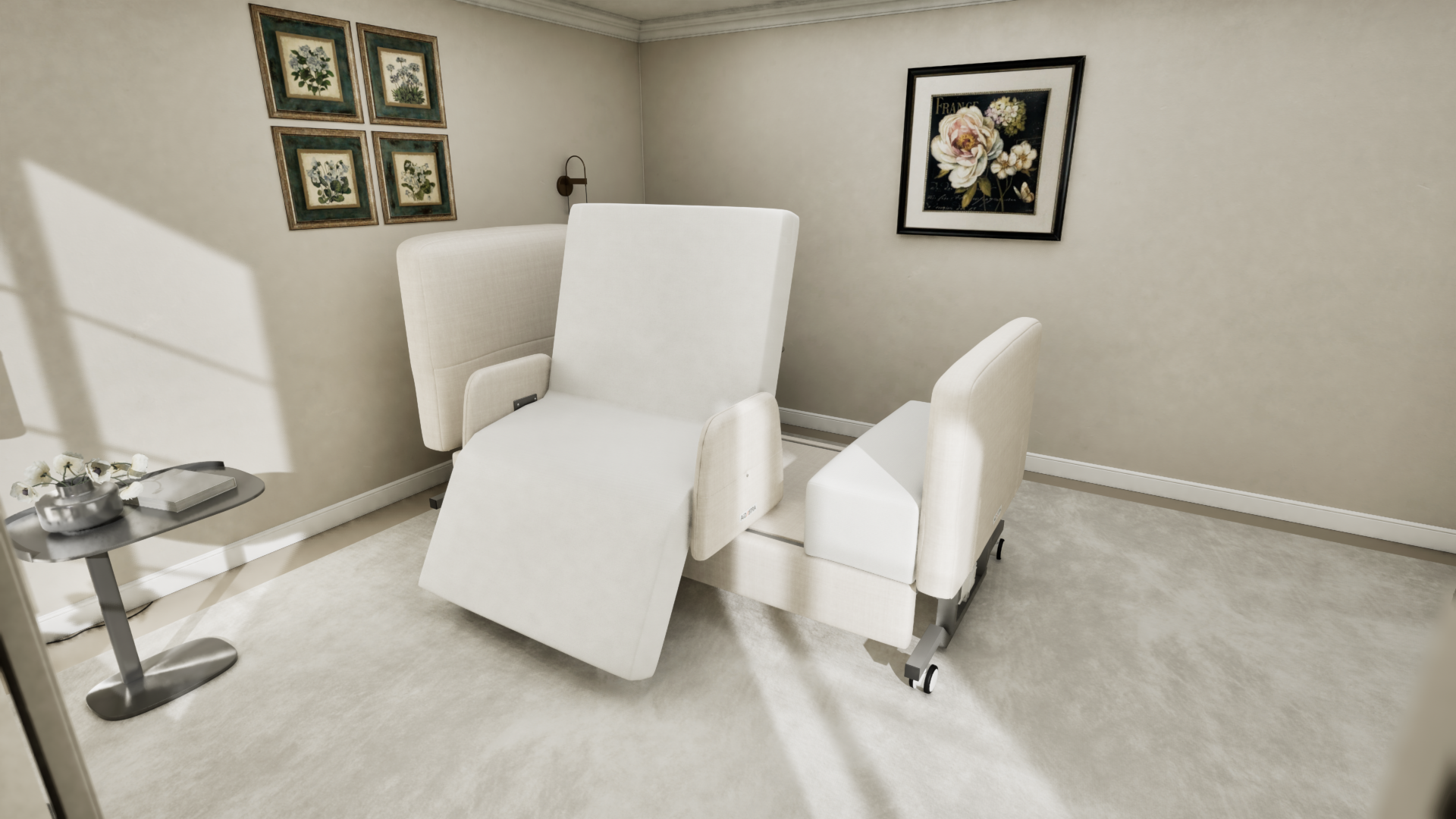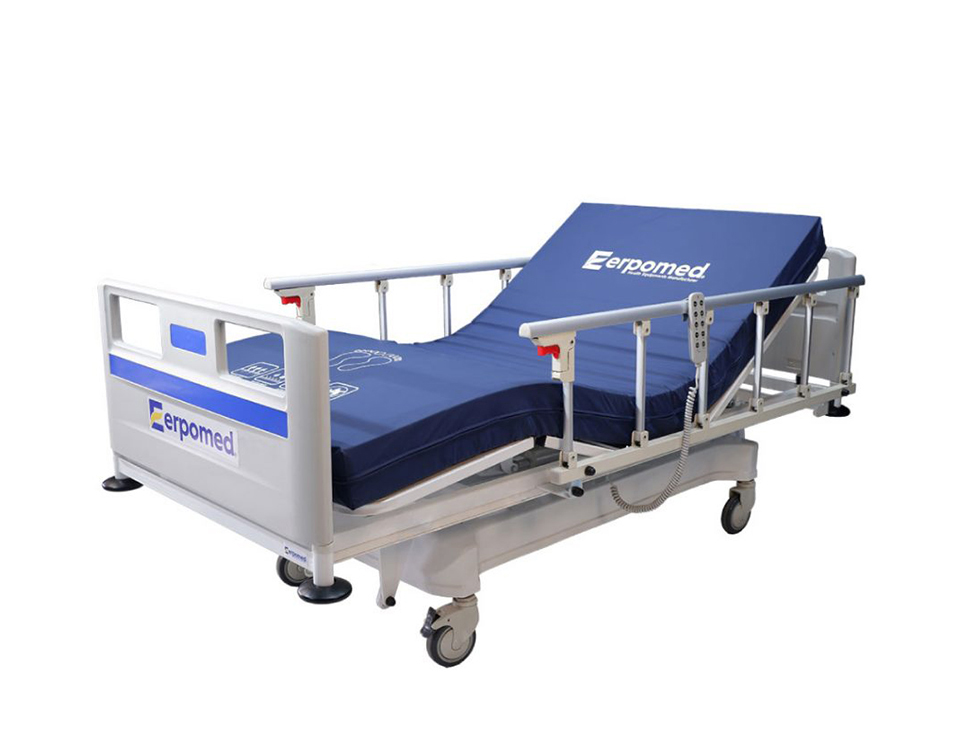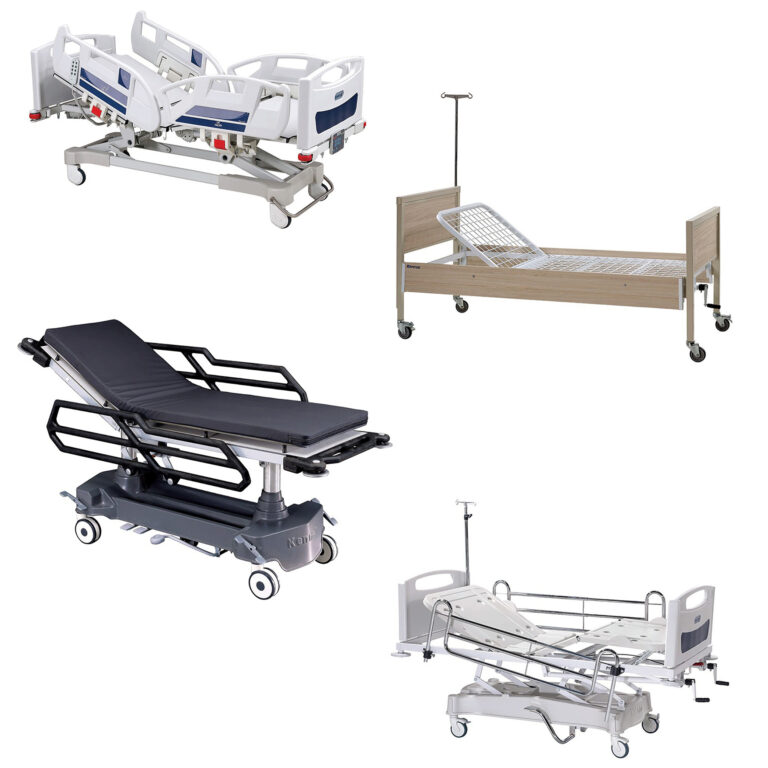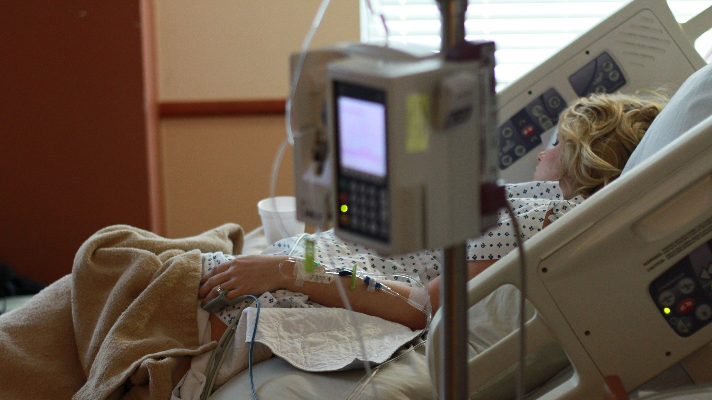The Ultimate Guide To Hospital Beds For Home Use
Table of ContentsThe Ultimate Guide To Hospital Beds For Home UseExcitement About Hospital Beds For Home UseThe Hospital Beds For Home Use DiariesSee This Report on Hospital Beds For Home UseSome Known Facts About Hospital Beds For Home Use.Some Known Details About Hospital Beds For Home Use Excitement About Hospital Beds For Home Use
There are three main types of health center beds: manual, semi-electric, and fully-electric. These beds use hand cranks to change the bed's elevation and elevate and reduce the head and the foot.
Semi-electric beds have an electrical motor to increase and reduce the head and foot portions of the bed (hospital beds for home use). Full-electric beds have an electric motor that can elevate the head and foot sections of the bed as well as the entire height and positioning of the bed.
Hospital Beds For Home Use - An Overview
Some models can likewise move into more settings, such as the Trendelenburg (tilt) placement. There are a number of sorts of health center beds, each made to satisfy details individual requirements. Here are some typical types: This is one of the most typical kind of healthcare facility bed, made for general medical usage. It has a guidebook or electrically flexible headrest, foot rest, and height.
Lower to the ground than a basic bed. This type of bed is made for bigger people, with a broader frame and higher weight capability than a standard bed.
This type of bed is developed for seriously ill people who call for open surveillance and specialized medical devices such as ventilators and infusion pumps. This sort of bed is developed for use during labor and distribution, with flexible settings and features to support the mommy and infant during the birth procedure.
All about Hospital Beds For Home Use
Several feature and the devices carry out expanding grip to different components of the vertebra and the extremities without moving the human body. These are just a couple of instances of the types of medical facility beds offered. The details kind of bed used will certainly depend upon the patient's problem, medical demands, and various other factors.
Below is the point you need to understand. A one-function healthcare facility bed is a medical bed that permits a patient to relocate just the head or foot area up or down. A 2 feature health center bed normally refers to a type of medical bed that has 2 adjustable functions to help people in healthcare facilities or treatment facilities.

The smart Trick of Hospital Beds For Home Use That Nobody is Talking About
A 7-function ICU bed is a kind of medical bed that gives a number of flexible functions to support seriously unwell patients in a critical care unit (ICU) (hospital beds for home use). The seven features usually include: Back-rest modification: The backrest can be changed to numerous angles to aid the patient rest up or rest pleasantly
Height change: The bed can be increased or lowered to make it simpler for individuals to enter and out of bed, and for caretakers to give care. Trendelenburg setting: The whole bed can be slanted to promote blood circulation and circulation in the body. Reverse Trendelenburg setting: The bed can likewise be slanted in the contrary instructions to promote blood flow and flow in the upper body.
1. What Size is a Healthcare Facility Bed? 2. Exactly how Much Does a Health Center Bed Cost? 3. Why Do Medical Facility Beds Have Side Bed Rails? 4. What Are The Main Hospital Bed Parts?. While more inexpensive than electric designs, these beds require physical effort for changes. The primary benefits of manual beds are their cost and dependability, as they don't count on electricity. Nonetheless, the demand for manual effort can be a constraint in scenarios where quick adjustments are required Continued or where caregivers face physical challenges.
Getting The Hospital Beds For Home Use To Work
They are well-suited for people who need minimal repositioning for comfort or clinical requirements. Semi-electric medical facility beds provide an equilibrium of handbook and electric controls. The head and foot sections are generally readjusted with electric controls, while the elevation is adjusted manually. These beds give a suitable center ground between manual and totally electrical choices, using simplicity of use without the complete cost of electrical models.
Semi-electric beds are appropriate for individuals who require moderate changes to the head and foot areas yet can manage without constant elevation changes. This makes them a cost-efficient remedy for those seeking convenience and comfort without the need for constant repositioning. Totally electric medical facility beds include electric controls for seamless adjustments to the elevation, head, and foot areas.
Specialty medical facility beds, such as ICU beds, long-term care beds, and bariatric beds, are thoroughly made to address specific medical needs. These beds supply customized treatment for varied person groups, improving both results and convenience. In the adhering to areas, we will discover the major types of specialized medical facility beds, outlining their particular advantages and applications.
With years of experience in making electric direct actuators - hospital beds for home use and close collaboration with the medical care industry, TiMOTION is well-positioned to supply reliable health care solutions. Our up and down incorporated firm takes care of every action of the manufacturing procedure, from design to actuator assembly, guaranteeing we deliver phenomenal worth and personalized solutions tailored to your particular demands
4 Simple Techniques For Hospital Beds For Home Use

For more information regarding integrating these modern technologies into your items, call us today. More reading:.
Information is sourced from the Medicare Price Record.

The smart Trick of Hospital Beds For Home Use That Nobody is Discussing
A healthcare facility bed is a bed designed particularly for medical objectives. It is not only an area for clients to relax, however also a platform for clinical procedures. Unlike common home beds, medical facility beds usually have flexible features, which can facilitate clinical personnel to make numerous modifications according to the requirements of individuals, such as transforming the height, disposition, and support angle of the back and legs of the bed.